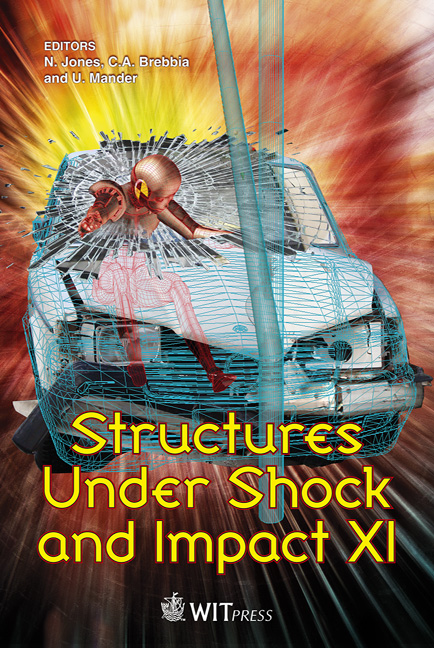Simulating Seismically Isolated Buildings Under Earthquake-induced Pounding Incidences
Price
Free (open access)
Transaction
Volume
113
Pages
12
Page Range
245 - 256
Published
2010
Size
610 kb
Paper DOI
10.2495/SU100211
Copyright
WIT Press
Author(s)
P. C. Polycarpou & P. Komodromos
Abstract
Seismically isolated buildings usually experience large horizontal relative displacements during strong earthquakes due to the flexibility that is incorporated, through seismic bearings, at their bases. If the available clearance around a seismically isolated building is, for any reason, limited, then there is a possibility of the building pounding against adjacent structures. This paper, presents a methodology for simulating this problem using numerical methods, in order to investigate the effects of potential pounding on the overall seismic response of seismically isolated buildings. Keywords: seismic isolation, earthquake, pounding, impacts. 1 Introduction Seismic isolation is usually based on the incorporation of flexible elastomeric bearings, typically at the base of a building, in order to shift its fundamental period outside the dangerous for resonance range of periods and avoid resonance with the induced earthquake excitation. However, strong seismic actions cause large horizontal relative displacements at the isolation level of seismically isolated structures due to the excessive flexibility that is provided through the seismic bearings. Therefore, a wide clearance, known as \“seismic gap”, must be provided around a seismically isolated building in order to accommodate the expected large horizontal displacements during a strong earthquake. Nevertheless, the width of the provided seismic gap cannot be unlimited due to practical constraints, especially in cases of retrofitting existing structures. In addition, it is widely accepted that there are several uncertainties about the characteristics of the expected earthquake and the methods of estimating the
Keywords
seismic isolation, earthquake, pounding, impacts





